HTKR Geothermal Cooling & Heating Systems
Introduction to Geothermal Systems
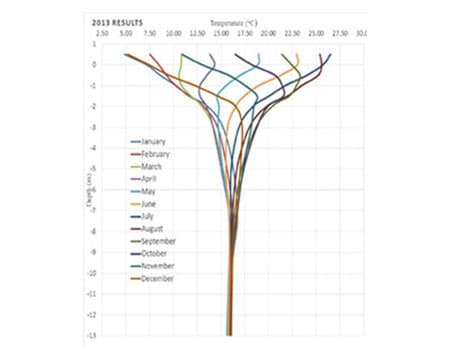
Geothermal HVAC and power systems use Earth temperature for heat exchange. While temperature variation occurs in atmosphere, temperatures underground remain constant.
In a geothermal HVAC system, an electrically powered heat pump cycles fluid, usually water or refrigerant, through long loops of underground pipes. It is through this process that heat is transferred from ambient air in the building to the ground and vice versa
WHAT IS GEOTHERMAL
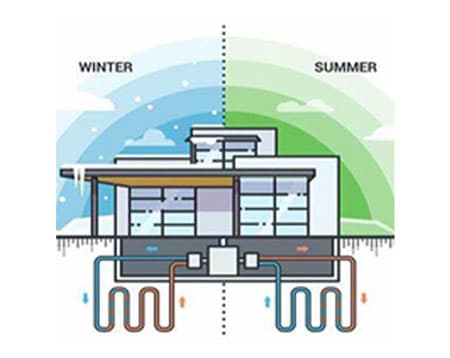
During the winter, the heat pump sends fluid through the pipes where the warmer rock, soil, or water underground increases the temperature of the fluid. The warm fluid is then pumped back to the building. A heat exchanger can then transfer the heat from the fluid to the building’s heating system to warm the air.
A desuperheater can be used to increase the temperature of water for use in the building. The process is then repeated, with the cooler fluid being pumped back into the ground to be warmed and then returned to the building for heating.
GEOTHERMAL HVAC SYSTEMS COOLING & HEATING
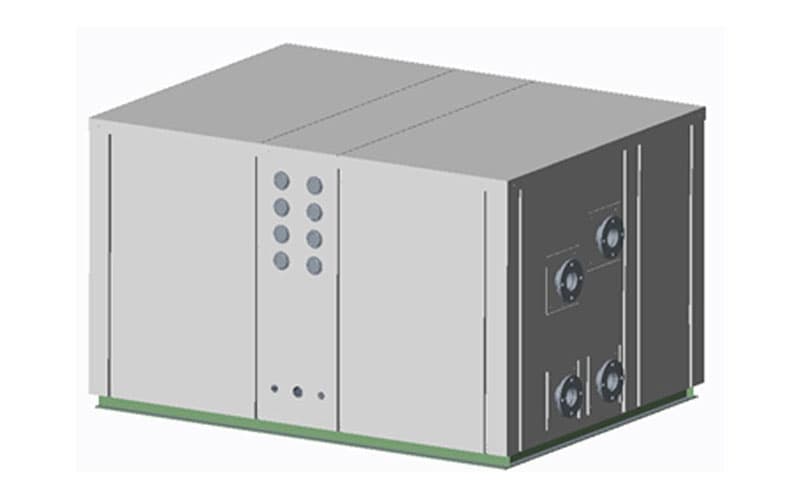
Reasons for using a ground coupled system.
Unlike a standard solar system, the loop operates day or night, rain or shine all year, delivering heat to and from the heat pump.
It is cost effective in northern or southern climates.
Because the water circulates through a sealed closed-loop of high strength plastic pipe, it eliminates scaling, corrosion, water shortage, pollution, waste and disposal problems possible in some open well water system
Because the water circulates through a sealed closed-loop of high strength plastic pipe, it eliminates scaling, corrosion, water shortage, pollution, waste and disposal problems possible in some open well water system
Saves up-to 70 % of operating cost compared to conventional HVAC systems
ROI is between 2 to 5 years
SERVICES AND PRODUCTS WE PROVIDE – ENERGY MODELLING (8760 ANALYSIS)
Complete energy modelling analysis of premises which includes 8760 hours of energy simulation with 3D modelling of structure Based on Geographical data, peak load and total HVAC load of all the months are simulated for given site conditions.
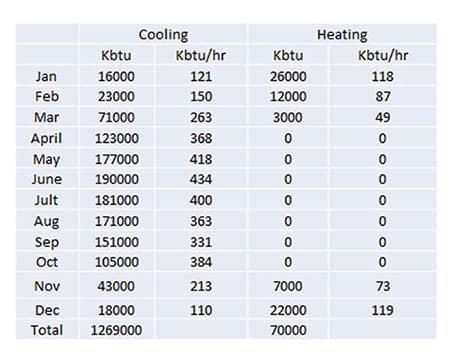
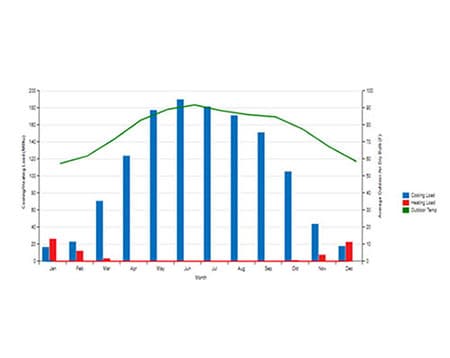
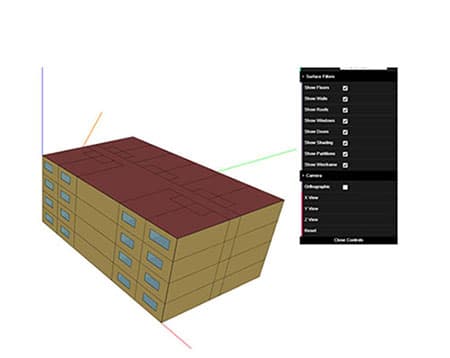
GEOTHERMAL LOOP DESIGN & INSTALLATION
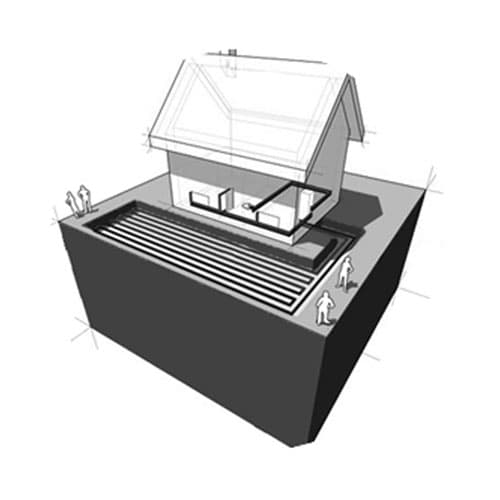
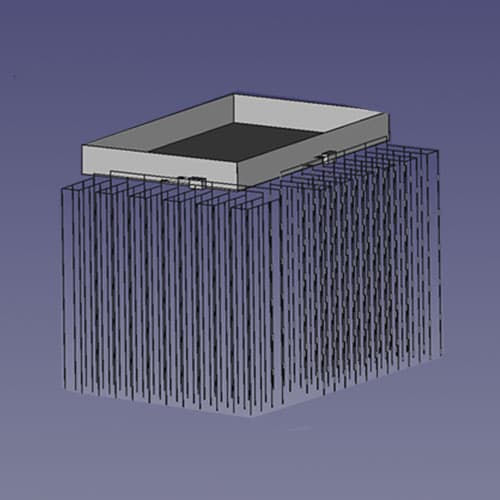
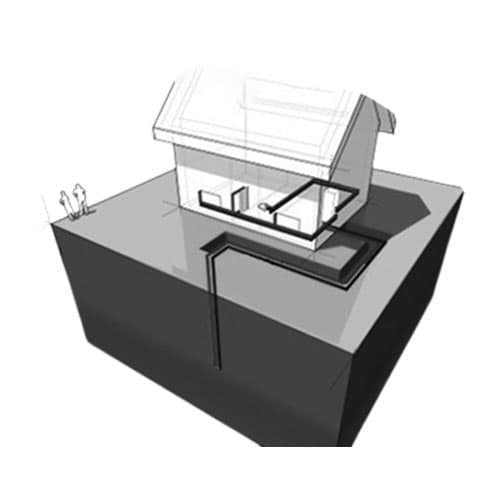
RESISTIVITY SURVEY OF PLOT
To determine:
Heat Dissipating ability of earth layers and formations up to a dept of 500ft
Depth of Confined Aquifers
Possibility and Probability of Unconfined aquifers below your feet
Resulting outputs:
Geothermal ground looping and heat exchanger design detailing if Closed Loops or Open Well – Loop to be deployed
Impacts final cost and time line of project
CASE STUDY
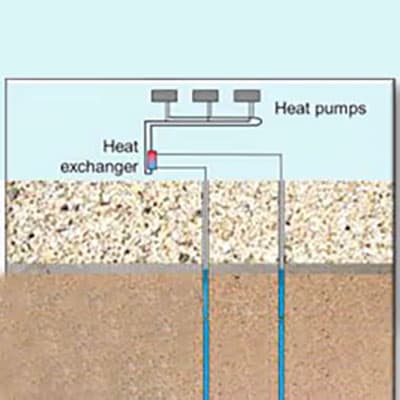
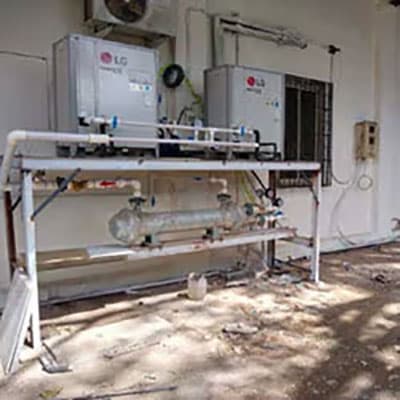
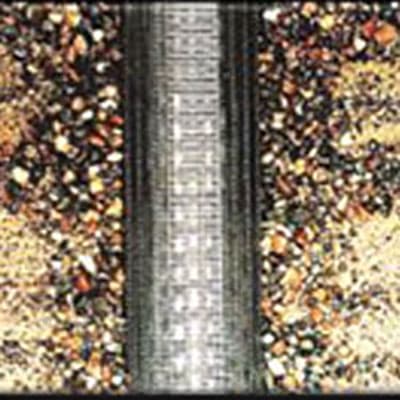
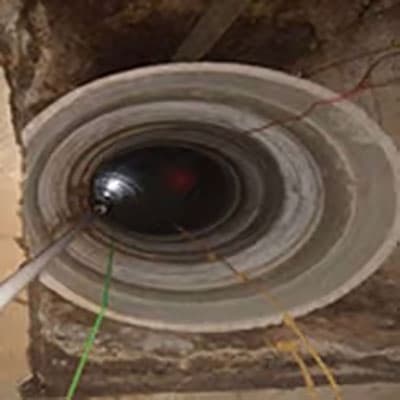
Particulars
Details
Developer/ consultant
IFGC
Target
Pharma Wearhouse
Location
Maharashtra
Size
22 tonnes
TType of system
Open Bore well Re-circulating
Construction time
3 months
Savings in energy
Since trial operation started. 64% during trial run.Target = 75%
SAVINGS AND PROFITABILITY ANALYSIS LG AIR VRV VS GEOTHERMAL
Particulars
Unit
VRV Air Cooled
VRV Water Cooled GHP
Area to be Cooled
Sq. Ft
200
200
Area Covered per Ton
T/Sq. Ft
140
140
Estimated Tonnage
Tr
1.43
1.43
Cost Per Tonne (Assumed)
Rs
85,000
145,000
Total Cost of System
Rs
121,429
207,143
Estimated Tonnage
Tr
1.43
1.43
Total Energy Consumption
kWh
/p.a.for 12 Hours
6,883
2,816
Energy Consumption
kWh/
Tr
1.10
0.45
Incremental Cost
Rs.
85,714
Decrease in Energy Consumption
kWh/
p.a.
4,067
Cost of Electricity
Rs./kWh
9.00
Annual Savings on Electricity
Rs.
36,604
Pay Back period for Incremental Cost
Years
2.34
Pay Back period for Total Cost
Years
5.66
OUR TEAM
HTKR GEO Thermal is a professional engineering company working in the domain of Water treatment , Solar & hot water systems using various energy sources such as heat pump, solar, gas fired and electric water heating. We are known for high quality of our products across various technologies backed by prompt and affordable service. We strive to exceed the expectations of our clients and channel partners.
Our Products:
Heat pumps
Gas based water heaters
Solar water heaters
Electric water heaters
Hot water storage tanks
Hybrid solutions
Our Services:
Application engineering and consultancy for complete solution
Providing clarity about energy savings and operating cost
After sales service with spares supply
Logistical support along with QC
Contact Us
Manufacturing Facility : HTKR PVT LTD , Umbharli Village , Dombivli Taloja Highway - 421204
info@htkr.in
9321666455
Socail Media
Contact Us
Manufacturing Facility : HTKR PVT LTD, Umbharli Village, Dombivli Taloja Highway - 421204
+91 9321666455
Social Media
HTKR PVT LTD 2025. All right reserved. | Powered by Aroopa Apps

